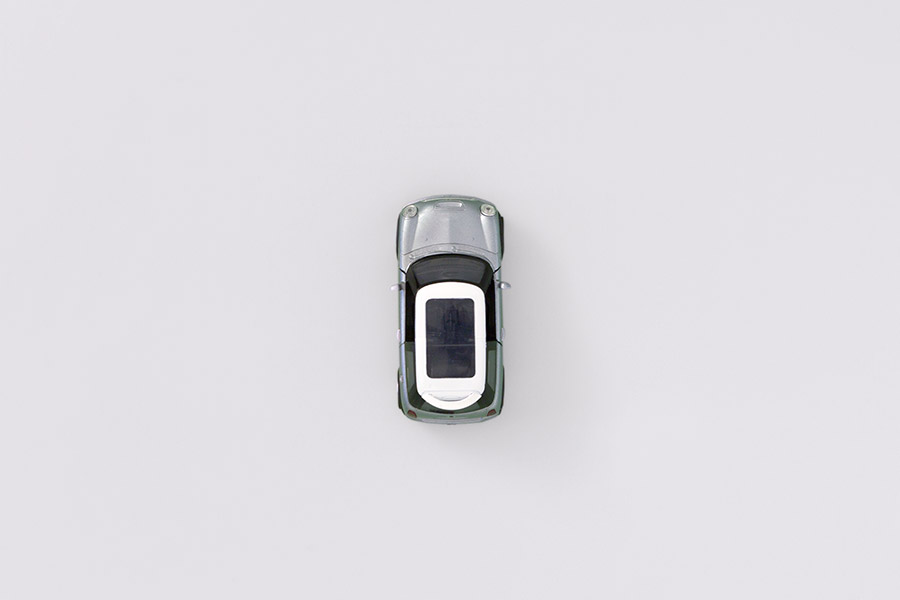Background
The Catalog typeface was 2005 originally designed for a catalog raisonée for the Museum Frac Loraine in Metz, for which re-p (Nik Thoenen and Maia Gusberti) had previously created lettering as well as its graphical appearance, tasked us with the design of a manifesto-style catalog and provided us with the opportunity of this typographic challenge. The FRAC typeface previously developed for the lettering embodied the museum’s approach and its visual identity — unfortunately, however, the typeface system was not conceived for body text and was unsuitable for this use. We came up with the idea of a serif typeface for body text that drew on simple design principles. It was developed in parallel with the Catalog. Testing of the typeface as to its function was integrated into the design process. The development process was not communicated to the customer, on the contrary, we saw their reaction as a measure of the functioning and the acceptance of the typeface. In case our client would see any problem with it, find reason for criticism or call its use into question, we would have judged our endeavor to be a failure.
Our discovery of the Budosi typeface, created by Bonbon (Valeria Bonin, Diego Bontognali) in the run-up to the project was an important moment in the development of Catalog. In a brilliant manner, it draws on the simple principles, the graphic style of display typography, and the imitation effect of a text face. The notion that we can imitate, i.e. simulate informed our development of the typeface Catalog. We conceived our typeface to feature an eye-catching quality, follow a modular system, and, at the same time, achieve the effect of a text face. We eventually realized, however, that the effect of something and its functioning, in this case its legibility, are two different things. This brought us to increasingly reorient our analysis towards text faces and their legibility.








